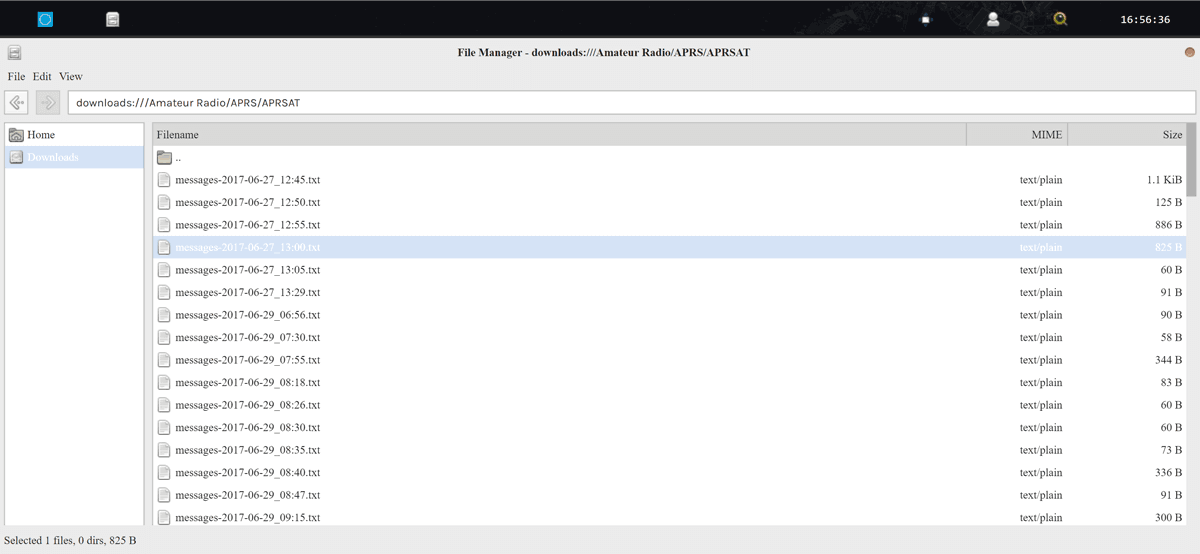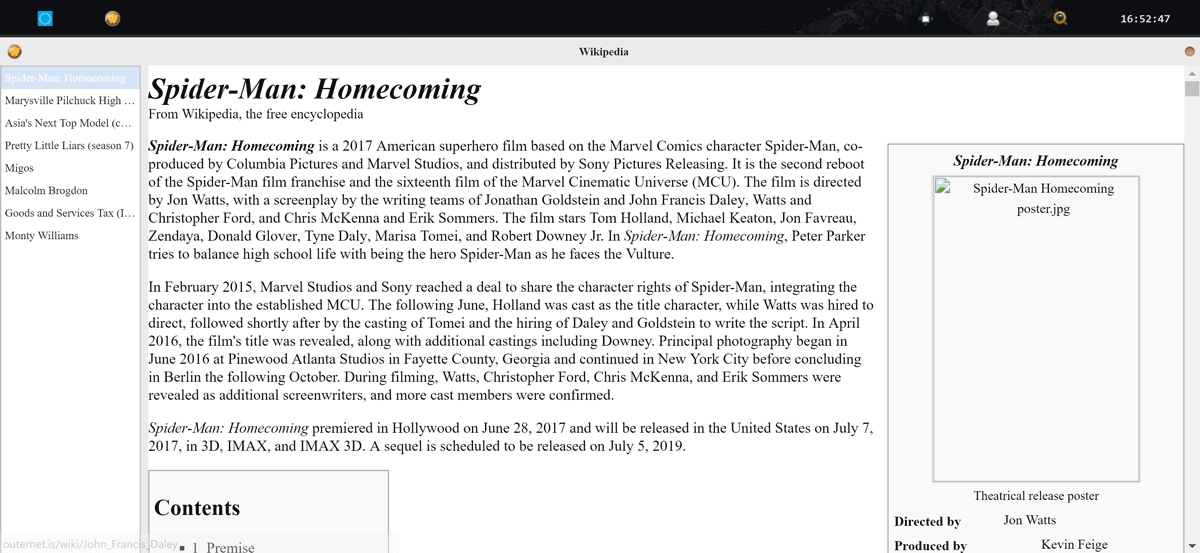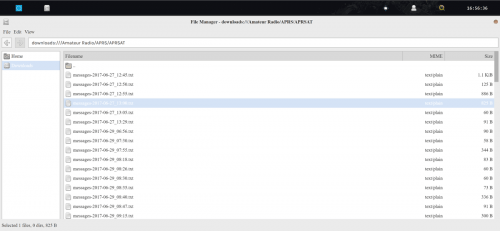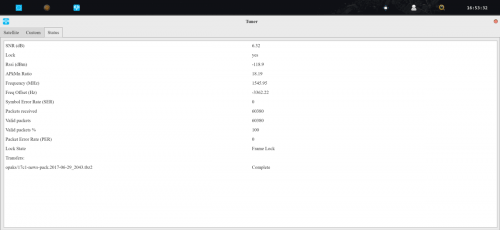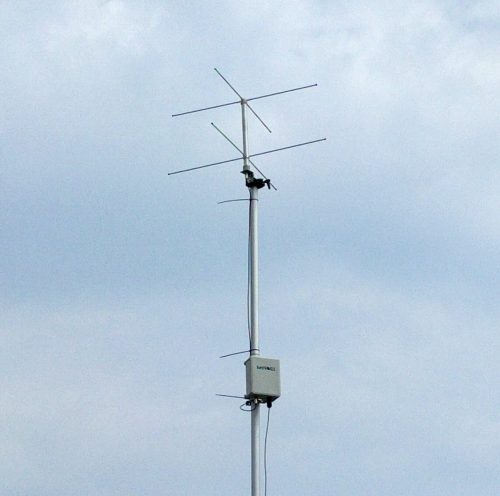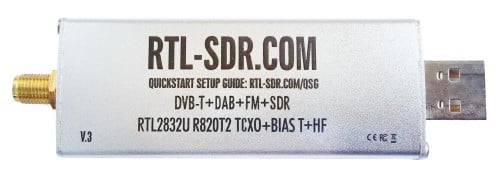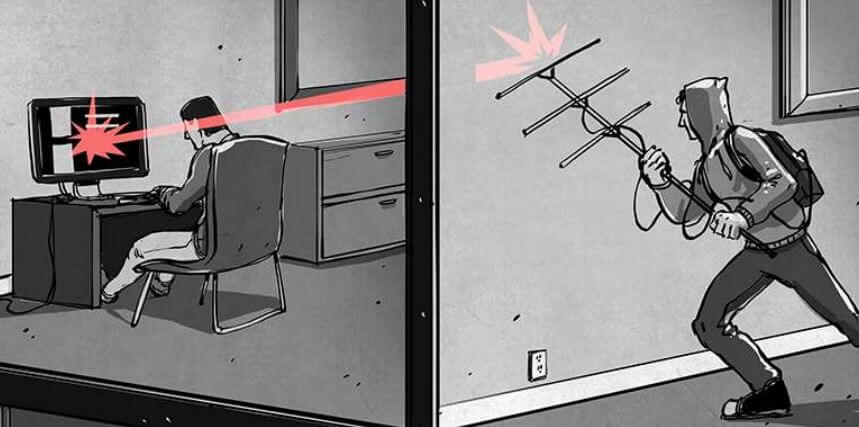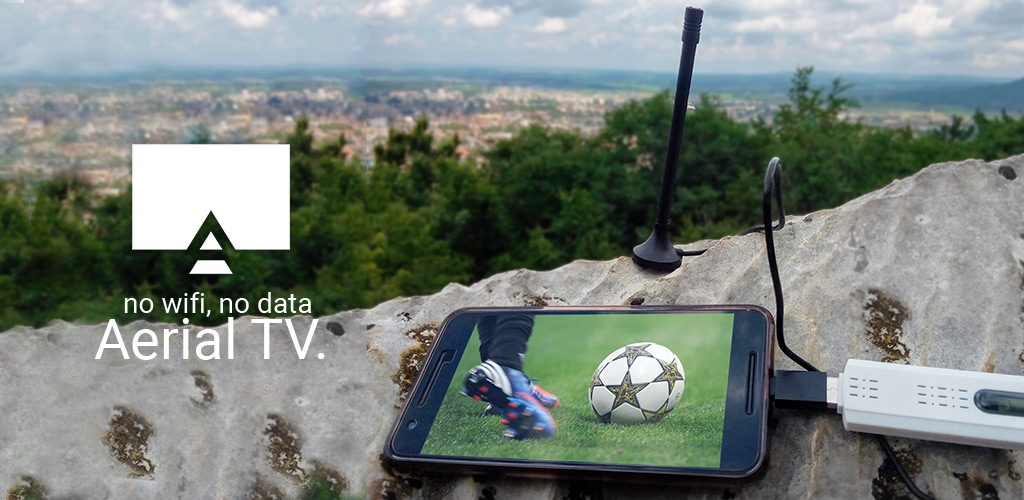Using a TV Dipole Antenna for NOAA Satellite Reception
Over on YouTube icholakov has uploaded a video showing how effective a simple old TV bunny ears antenna can be at receiving NOAA satellite images. The old TV antenna is telescoping so it can be adjusted to be resonant for many frequencies, and for NOAA satellites about 20 inches makes it resonant. Using the antenna as a V-Dipole and placing it in a North to South direction optimizes the radiation pattern towards the sky, allowing for good reception of the NOAA satellite. Using it this way also helps to null out strong vertically polarized stations. More information on the V-Dipole can be found on our previous post where we posted about Adam 9A4QV’s idea to use the V-Dipole for satellite reception.
Also related to this post is a sneak preview on our new product: We’ve also caught onto the idea that TV antenna dipoles are extremely versatile, and are in the final stages of releasing a simple telescopic dipole product similar to the TV antenna used in this video. It will be released as an antenna set that comes with some portable mounting solutions like a suction cup and bendy tripod, and 3M of RG174 coax so that the antenna can be used anywhere. Target price is $10 -15 USD incl. shipping from China. This will probably also replace the stock telescopic whip antenna currently used in our dongle sets since the telescopic dipole is simply much more versatile.


